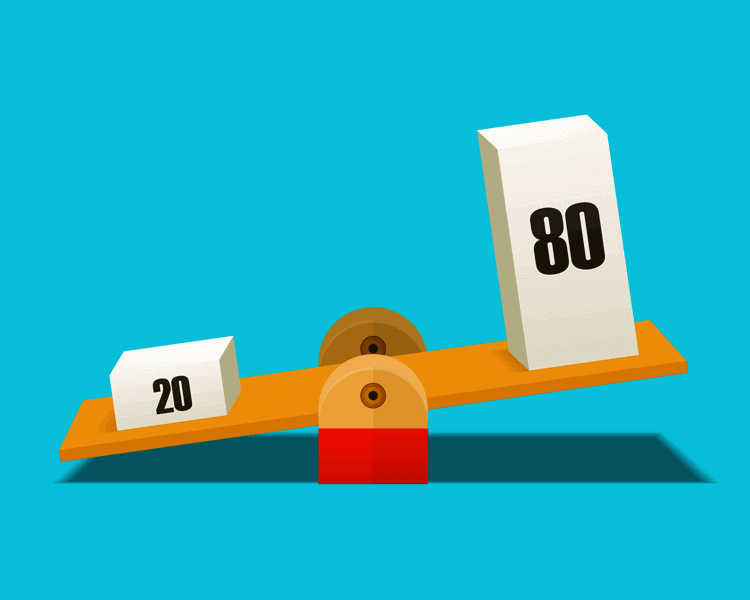Do you need help to balance creativity with efficiency in your design workflow? Did you know that 72% of designers say tight deadlines significantly impact their creativity? Managing your workflow effectively is crucial in an industry with tight deadlines and high client expectations.
Productivity for designers is a blend of creativity and efficiency, requiring strategic use of design tools to maximize output without compromising quality. Here are some actionable tips to boost your productivity, helping you meet tight schedules while maintaining your creative edge. Follow these strategies to streamline your workflow, meet client demands, and explore your creative potential.
1. Prioritize and plan your tasks
Prioritizing and planning your tasks is crucial to enhanced productivity, especially in design. This process involves evaluating the importance and urgency of each task in your workload and arranging them in a sequence that maximizes efficiency and effectiveness. Doing so ensures that you’re focusing on the right tasks at the right time.
2. Track and manage your time
Like most of us, many designers spend valuable hours on social media, watching YouTube videos, or playing online games. While these activities can be relaxing, they can also significantly interrupt your productive time if not appropriately managed.
By closely monitoring how much time you spend on these non-productive activities, you can become more aware of the value of your time. This awareness is crucial for returning your focus to your primary job of creating designs. Tools like time-tracking apps can help you monitor and manage your time more efficiently, ensuring that you allocate adequate time to your design projects and enhancing your overall productivity.
3. Take regular breaks
Working tirelessly on a design project can eventually lead to frustration and a significant drop in productivity. It’s essential to incorporate regular breaks into your routine to maintain your creative edge and stay productive.
These breaks allow you to step away from work, clear your mind, and return with renewed energy and fresh perspectives. Whether it’s a short walk, a quick stretch, or simply a few minutes of relaxation, taking regular breaks helps re-energize your creative powers. By scheduling these breaks, you can prevent burnout and keep your creative juices flowing, ultimately enhancing the quality of your design work.
4. Set a timer
Meeting deadlines is crucial when working on design projects, and failing to adhere to a schedule can be particularly stressful for creative professionals. Setting a timer is one effective strategy for managing your time and staying on track. By doing so, you can allocate specific periods for focused work and ensure that you are making steady progress toward your deadlines.
This method helps break down tasks into manageable chunks and forces you to concentrate on your work without getting sidetracked. Setting a timer also adds a sense of urgency and discipline to your workflow, making staying committed to the project easier. This approach helps meet deadlines and reduces the stress associated with time management, allowing you to maintain your creative flow and productivity.
5. Browse design galleries
Finding inspiration for a design project can sometimes be challenging. A great way to spark creativity is to browse design galleries online. While taking a coffee break or relaxing, explore a variety of designs and artworks.
This practice exposes you to hundreds of creative ideas, which can catalyze your work. By visiting design galleries, you can see unique and innovative works that can inspire new ideas for your projects. This habit keeps you updated with current design trends and fuels your creativity, helping you stay motivated and productive.
6. Clear the clutter
Many designers understand the importance of keeping their physical workstations organized to maintain a high level of focus. However, a common oversight is neglecting their digital workspace, particularly their desktop and browser. Multiple open tabs can become a major source of distraction, pulling attention away from important tasks.
To enhance productivity and reduce distractions, it’s crucial to close unnecessary tabs and clear out downloads and images cluttering the home screen. By maintaining a tidy digital environment, designers can streamline their workflow, focus better, and ultimately produce higher quality work. A clean and organized workspace, both physical and digital, is essential for optimal performance and creativity.
7. Use software to automate design work
As a creative designer, automating repetitive tasks can significantly enhance your productivity. Utilizing software to handle these frequent actions allows you to focus more on the core aspects of your design work. Many content workflow tools are available online that make your workflow more efficient. These tools can be customized to suit your specific needs, saving you valuable time.
One such innovative tool is TextToUI, a Figma plugin that transforms text descriptions into fully functional UI elements. This tool is perfect for designers at any skill level, providing a seamless way to bridge the gap between conceptualization and creation. TextToUI streamlines the design workflow by allowing designers to type out their vision, whether sketching initial ideas or refining detailed interfaces.
Conclusion:
In short, maximizing productivity as a designer requires a balanced approach that merges creativity with efficiency. By prioritizing tasks, managing time effectively, and taking regular breaks, designers can maintain focus and meet tight deadlines without compromising on quality.
Setting timers and browsing design galleries for inspiration further enhances creativity, while maintaining an organized workspace—both physical and digital—eliminates distractions and fosters optimal performance.


